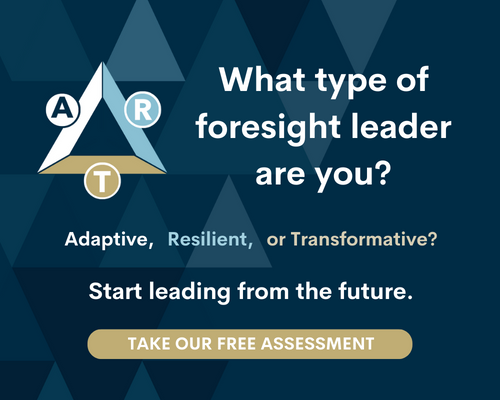What Ancient Cartography Can Teach Us about the Future
As futurists, we never claim to be able to predict the future. Predicting means you reject all possible outcomes in favor of one that you’re certain will come to pass.
With the rapid pace of change and increased complexity of today’s environment, a predictive approach is only effective in the short term at best, and at worst, it’s dangerous.
There’s a better approach—mapping the future.
Prediction has us fighting and fearing uncertainty. “Futures mapping” allows us to embrace the unknown. It’s very similar to cartography, the art and science of making physical maps.
Early cartographers made wildly inaccurate maps. In addition to the land masses being too small, too big, or out of place altogether, they also included pictures of mermaids, sea creatures, and the “end of the world.”
The value of these maps was not so much in their topographical accuracy, but rather in the motivation to discover the unknown. This passion to discover ultimately resulted in more accurate cartography, which in turn, led to greater discovery.
Likewise, “futures mapping” explores potential uncertainties, but it also helps us to harness and leverage our growing complexity as it reveals new uses, new users and new conditions.
Foresight certainly addresses plausibility, navigates risk and tests present strategy—these are important parts of any good futures map. But our emerging new era is completely “changing the game,” and foresight must change as well.
The government of Singapore is a popular example of this change, moving from its early use of foresight as a risk management tool to employing futures mapping as an aspirational tool and philosophy for organizational, social and economic development.
Once viewed mainly as a way to identify uncertainties and strengthen strategy for more informed gambles, foresight has revealed itself to be an instrument for achieving aspirational outcomes through complex creativity, transformational navigation, evolutionary narrative building, emerging patterns and grand solutions.
In short, we cannot predict the future, but we can map it. And when our maps are updated to match the shifting and changing environment, uncertainty can be reframed – leading us away from fear to a vista of discovery and opportunities.

